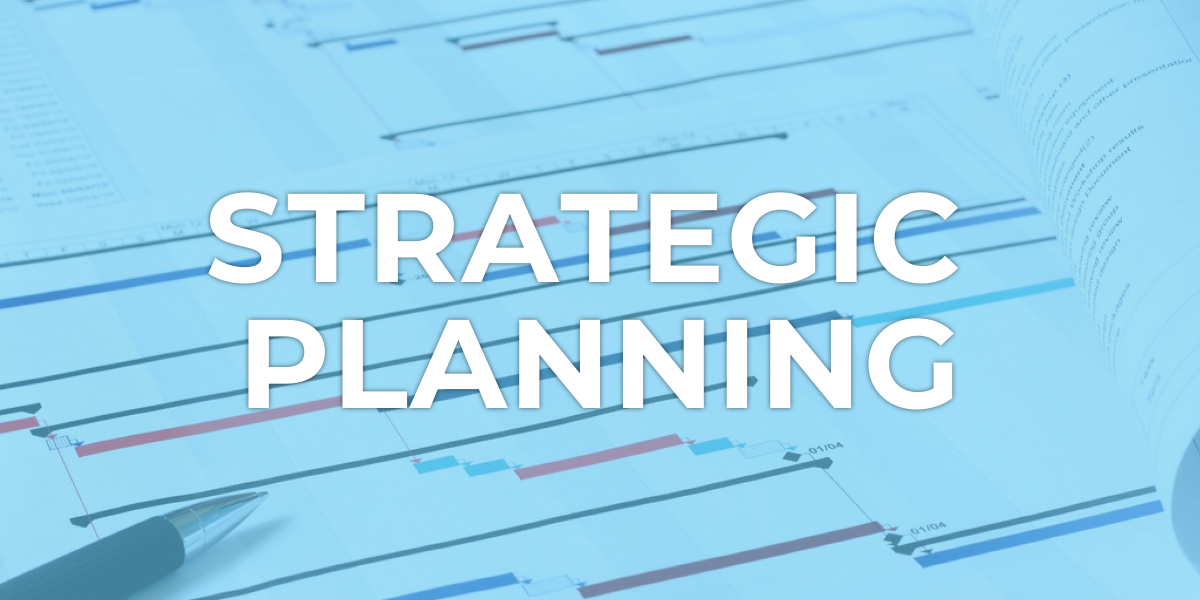7 Elements of Business Strategic Planning

When building a business, the starting point should be strategic planning. This is the stage where you focus on what you need to prioritize and ensure that you, your team, and your stakeholders share the same goals.
When this is established, you can then develop an internal strategy that deals with your employees, culture, and managing change.
Planning ahead allows businesses to set realistic, measurable goals, and follow an actionable plan for achieving those said goals.
What is strategic planning?
Strategic planning in business is the process of defining goals, directions, and tactics to ensure that the goal is met. An organization’s strategic plan usually includes a mission statement, goals, objectives, and strategies.
It answers questions such as: Who are we? What do we want to accomplish? Where are we going?
In business, planning for the future should be calculated. It’s crucial that you collect all relevant data about the organization and its industry and anticipate possible future challenges. This means that you know where you are currently at and you know where you want to go.
When you know these two key things, the critical part is how you intend to achieve your goal. And this is where an effective strategic plan will be your guide.
What Are the Key Elements of Effective Strategic Planning
There are various types of strategic planning, but the common features include analyzing current conditions, setting long-term goals, identifying current resources, deciding how to allocate these resources for the best outcome, and creating a timeline for executing the plan.
Here are the key elements of strategic planning:
Setting goals – A clear, measurable goal focuses an organization on what it needs to achieve.
Developing vision – A vision provides direction and focus for all employees while giving your customers something to believe in.
Developing mission statement – A mission statement describes the philosophy behind your company. It should reflect the values of the stakeholders and key employees.
Questions to ask when developing a mission statement:
- Who owns the company?
- What values guide their work? How will they make money?
- Why did you start the organization?
- Why does it exist?
- What makes you different from others like you?
- Where will you invest resources? In what markets?
- What products or services will you offer?
- Where will you advertise?
The answers to these questions form strategies. These strategies describe how your organization will operate day-to-day and will define each step you will take toward achieving this mission statement.
SWOT Analysis – In order to answer these questions, organizations complete a SWOT analysis that identifies their strengths and weaknesses.
Accountability – This key element is crucial to ensure that your strategies are being implemented. Make sure your team knows their responsibilities and who’s in charge of what. This may be easy to overlook but you need to know who the main contributors are to your KPIs.
KPIs – KPIs or Key Performance Indicators serve as your tracker. When you set goals it should always be accompanied by timelines. When it’s time to review them, KPIs will be the first thing you look at and they will tell you where you currently are, what’s lacking, and what strategies should be prioritized.
The importance of strategic planning lies not only in the organization’s ability to measure its progress but also in the added value it brings to the organization’s projects and growth.
An effective strategic plan doesn’t stop on the plan alone. All the members of the team should be aligned to avoid pointing fingers whenever things don’t go to plan. It should also be proactively managed so that the KPIs are met at the planned timeline.
When Should Strategic Planning Be Done?
The process of strategic planning is never-ending. It needs to be a living process that can be revisited and revised on a regular basis. This continual process allows a company to adjust to new challenges and changes in the market.
Conclusion
Strategic planning goes beyond the setting of goals. It is the process of recognizing opportunities, aligning resources, adopting strategies, and measuring progress to achieve sustainable results.
Businesses that fail to plan for the future will inevitably wind up with short-term success and long-term failure.
If you need help in creating an effective strategic plan, book a free call with us.
